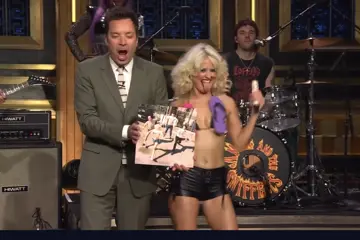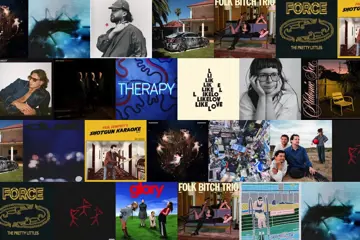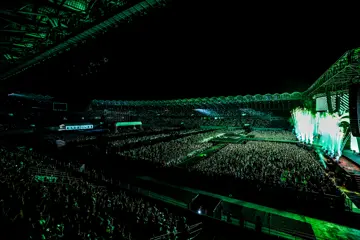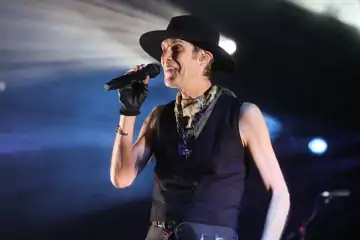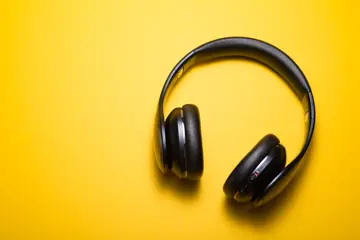Cne are the days where stomp boxes cost an arm and a leg with loads of budget brands surfacing which produce similar results to the big guys. Add Crossfire to this list, a company providing simple, solid tone, in a sturdy housing that's wallet friendly. I was given a whole bunch of pedals to try out, but today I'll be looking at my three faves, the CF-DO2 Overdrive and Distortion, TRM-507 Tremolo and DLY-303 Delay.
First up the Crossfire Dual-Injection After-Burner, a twin Overdrive and Distortion pedal, comprised of two circuits housed in the one unit that is able to change the order of signal flow either from distortion to overdrive or vice versa. The overdrive section features 'Tone', 'Drive' and 'Level' knobs, while the distortion section features 'Tone', Dist.' and 'Level'.
I was keen to test the distortion first with a clean tone and a humbucker. I set the distortion to emulate a dirty rhythm sound and used the overdrive to add more gain and level for a saturated lead tone, thereby turning a single channel amp into a three channel amp (sort of). The distortion on its own produced an aggressive crunch similar to a DS-1 (Boss), but with a harsher, filthier top end making it good for grunge. Cranking the level and keeping the tone behind 11 o'clock produced the most desirable sounds, as the tone is very sensitive and sounds brittle and thin when cranked. Going from distortion to overdrive produced a usable mid-heavy solo tone with the level cranked, the tone at 4 (o'clock) and the drive at 9. The overdrive on its own produced nice vintage break-up, with a light smooth drive, characteristic of a DOD-style OD. Going from overdrive to distortion resulted in a considerable loss of volume, but heralded in the best lead tone that was saturated and sculpted, ideal for recording.
Next up, the TRM-507 Tremolo, a simple, versatile 'Trem.' pedal that sounds pretty darn good. The winner here (besides the price) is the ability to go from a soft sine wave to a jagged square wave by tweaking the 'Wave' knob, which is where two knob tremolos fail. This is a very musical trem and I liked how it sounded both in the effects loop, and in front of the preamp. Three knobs do the damage, where 'Rate' controls the speed of the cycle and 'Depth' likewise controls the intensity of the effect.
Last but not least, the DLY-303 Delay, a wonderful analogue delay that's warm and clear, and capable of producing short to medium delay times. Again the simple three-knob format for 'Rate', 'Repeat' and 'Level'. I'd definitely say this pedal was the finest of the lot because it sounds so warm and rich, and is amazing for its price. Here you get the sound of a true analogue delay, perfect for retro slapback and clean short stabs of rhythm. The 'Rate' isn't capable of ridiculously long times like some digital delay pedals but is set to allow for a bit more 'throw' for leads, or perfect that Foo Fighters 'Rope' sound if put in front of some tube breakup.
The Crossfire pedals are cool; they all have solid housings and switches and are perfect for expanding your pedal board on a budget. Each effect has its limitations, but they do what they do very well and may provide you with exactly what you're after.


